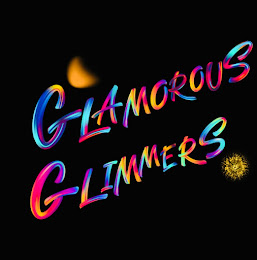 |
Image credit: (NASA) (Sagittarius C) |
The James Webb Space Telescope, a cutting-edge tool in space exploration, is revealing astonishing insights into star formation within the Milky Way's galactic center. Scientists, led by principal investigator Samuel Crowe from the University of Virginia, express their excitement about the telescope's ability to capture unprecedented infrared data with exceptional clarity and sensitivity.
Crowe excitedly mentioned that before Webb, we never had such detailed infrared data for this area. Now, this advanced technology lets scientists see many new features here for the very first time. It's like a new way to look at star formation, giving us information we couldn't get before.
Professor Jonathan Tan, an advisor to Crowe, highlighted the galactic center's significance as the most extreme environment within our Milky Way galaxy, offering an ideal setting to test existing theories of star formation rigorously.
Amidst the vast image containing an estimated 500,000 stars, Webb captured a cluster of protostars – young stars that are still growing and accumulating mass. These protostars emit glowing outflows within an infrared-dark cloud, resembling a vibrant bonfire. Nestled in the heart of this youthful cluster lies a massive protostar, over 30 times the mass of our Sun. The dense cloud these protostars emerge from creates an illusion of reduced crowding, masking one of the densely packed areas within the image. Smaller infrared-dark clouds, akin to holes in the starfield, signify the birthplaces of future stars.
Webb's Near-Infrared Camera (NIRCam) revealed large-scale emissions of ionized hydrogen enveloping the dark cloud in cyan hues. This unexpected revelation prompts further investigation, particularly into needle-like structures within the ionized hydrogen, exhibiting chaotic orientations across the region.
Rubén Fedriani, a project co-investigator at the Instituto Astrofísica de Andalucía in Spain, expressed enthusiasm about Webb's wealth of data from this complex galactic environment. He mentioned that Webb gave us a lot of information about this intense place, and we're only beginning to look through it.
 |
Image credit: (NASA) (Sagittarius C) |
Situated approximately 25,000 light-years from Earth, the galactic center's proximity allows Webb to scrutinize individual stars, offering unparalleled insights into the intricacies of star formation. This research aims to explore how cosmic environments influence star birth, potentially uncovering differences in star formation between the galactic center and other regions.
Crowe emphasized the immense scientific value of Webb's images, stating, "The image from Webb is stunning, and the science we will get from it is even better." Understanding massive stars, which generate heavy elements in their cores, holds significance akin to discovering the origins of the universe.
The James Webb Space Telescope stands as a premier space science observatory, delving into mysteries within our solar system, examining distant celestial bodies, and unraveling the enigmatic structures and beginnings of our universe. A collaborative effort led by NASA, alongside partners ESA and the Canadian Space Agency, Webb continues to redefine our understanding of the cosmos.
This article offers an accessible overview of the groundbreaking discoveries made by the James Webb Space Telescope, showcasing its revelations about star formation within the galactic center and their implications for cosmic understanding.









0 Comments